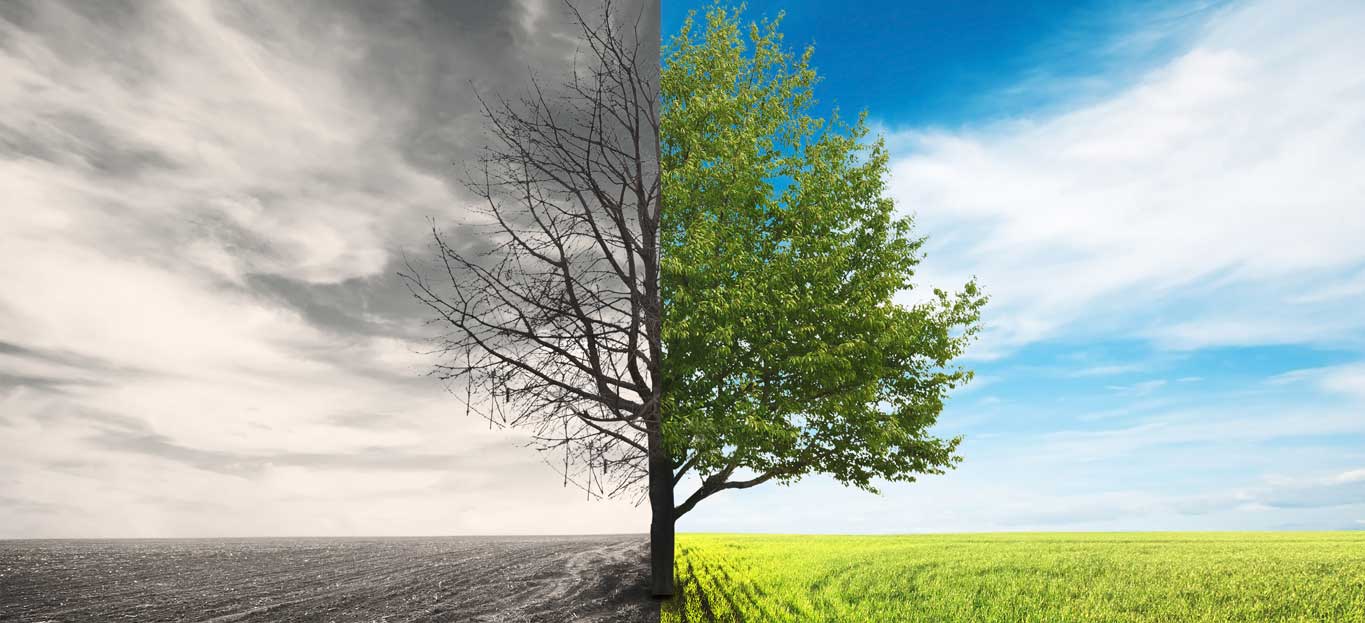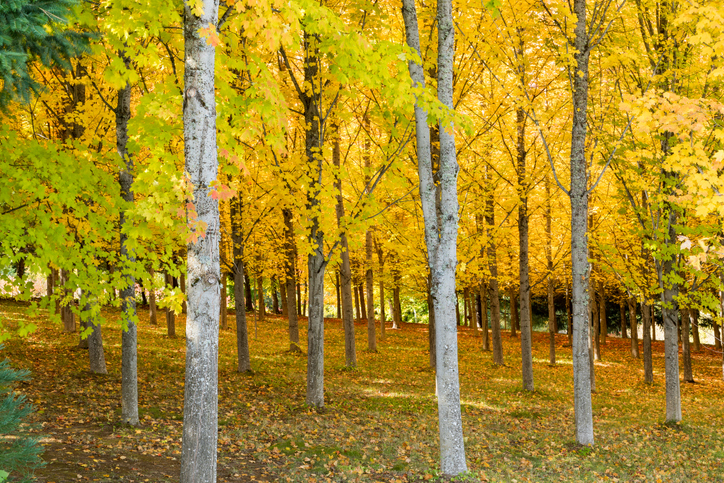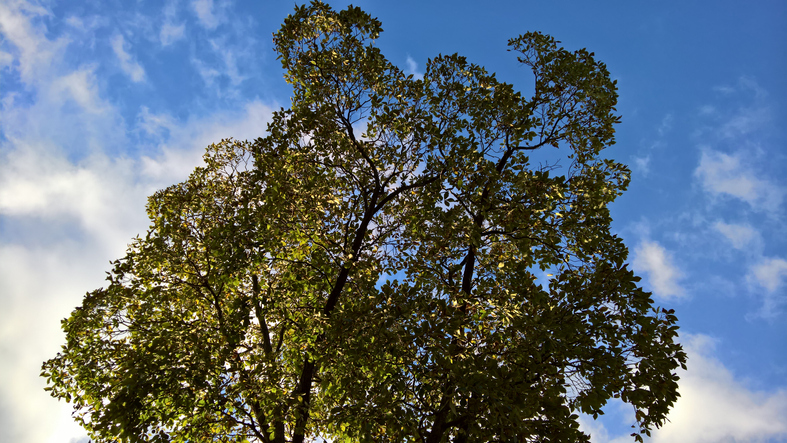Defend Trees In Dire Drought
The lack of water across the United States has gardeners everywhere worried about their landscape plants and trees. You don’t want to throw your life savings down the hose, but at the same time, you don’t want your beloved trees to die for lack of water. What’s a tree caretaker to do? Here are a few tips that will help.
1. Recognize the Signs of Drought
Most trees that are adapted to living in your climate will not need extra water in the summer once established. However, in cases of extreme drought, even well established trees need extra moisture. Because older trees typically don’t need a regular watering schedule, it’s important to understand the signs of water stress.
These include dull or wilted leaves, slower than usual growth of younger trees, discolored buds and blooms, or yellowing and dropping of leaves out of season, says Missouri Botanical Garden. Plants that aren’t getting enough water are also more susceptible to pests and diseases, so take care of them right away.
2. Water Frequently
Large, well-established trees need to be watered every 2-3 weeks in extreme drought, while younger trees that are less settled may need watering every week. Trees like a thorough watering, so apply about an inch of water at a time (you can set up a bucket to collect water if you need a metric for the first few watering sessions).
If you would prefer not to mess with the 1-inch rule, you can instead measure how much water your tree gets by testing soil moisture. At each watering, soil should be wet down to 6-8 inches, suggests the Morton Arboretum, otherwise you haven’t given the tree enough water to protect it from the heat and drought.
3. Water Different Areas of the Root System
A tree’s root system roughly mirrors the crown, so its main roots will extend along the ground to where the branches end overhead. Rather than watering just at the base of the trunk, try to switch up your watering so you’re hitting many different areas along the root zone. This is healthier for trees and will keep them happier during extremely hot weather.
Not sure how to care for your trees yourself, but don’t want them to succumb to summer heat? No problem. Simply get in touch with us here at Premier Tree Solutions, and we’ll make sure your arboreal companions survive the summer just fine. We specialize in tree removal, trimming, pruning, and more! If you have any questions about watering or tree care, give us a call at 404-252-6448 or contact us here.











